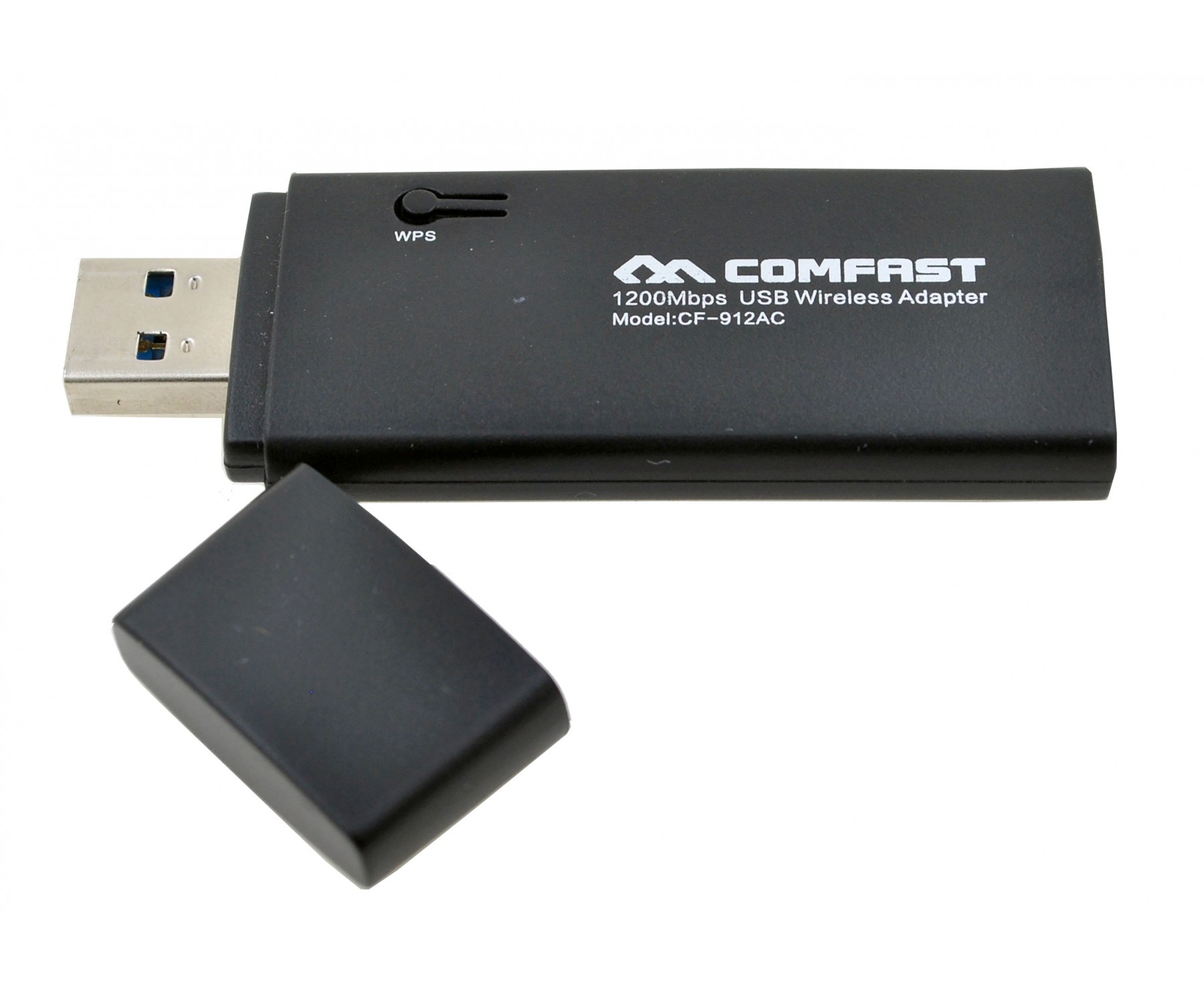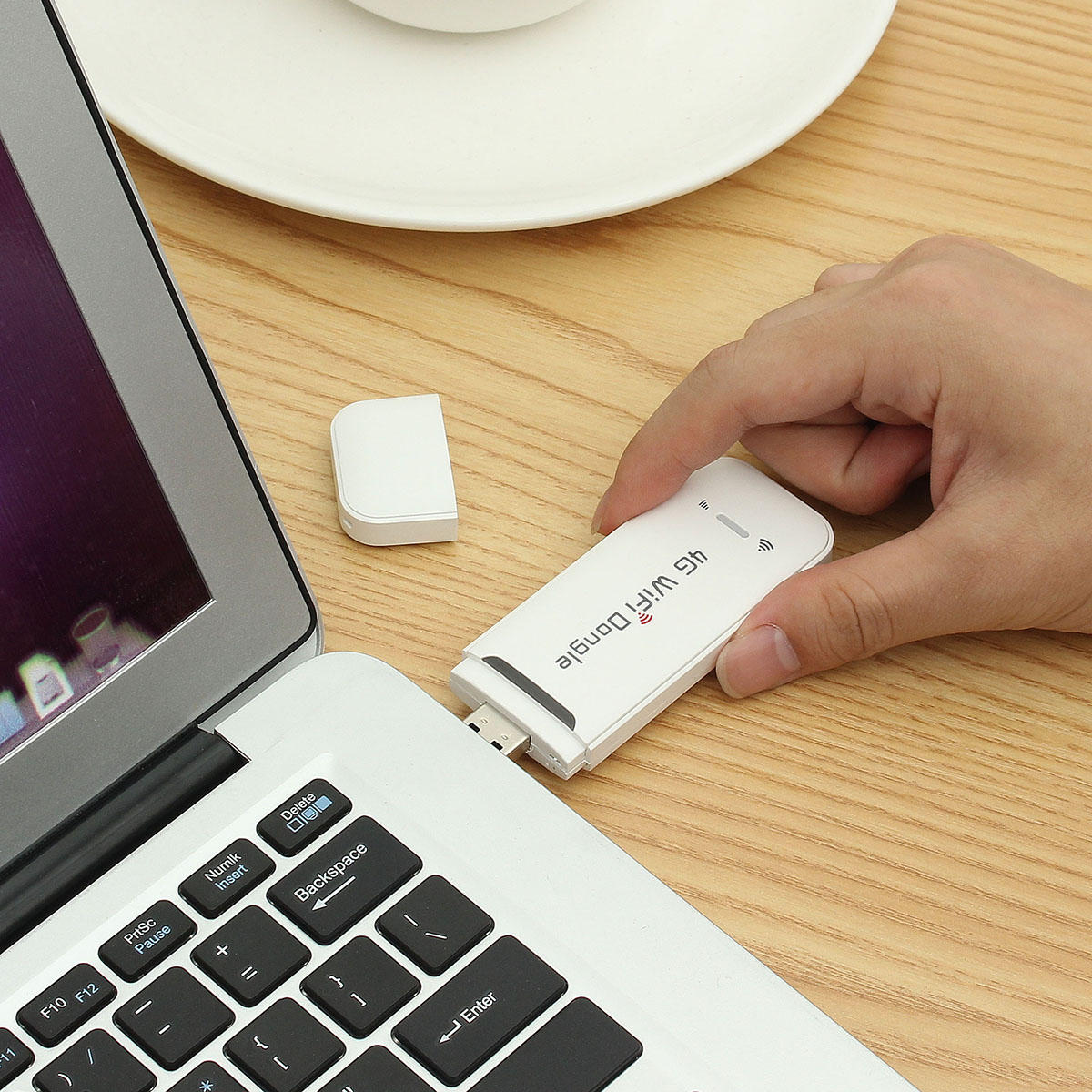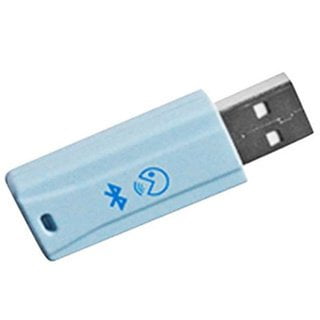
In the majority of FlexNet implementations, machine-specific license files are used to protect applications. Vendors license and customize the FlexNet framework to meet their entitlement management requirements. For HASP HL dongles, it’s the HASP HL server.Īpplications protected with FlexNet and Aladdin HASP4įlexNet is a licensing framework published by Flexera Software.

The problem is the license software used to drive them. HASP HL dongles typically have an engraving in the reading HASP HL.ĭongles are only half of the problem. HASP4 dongles typically have stickers containing the letters H4. The following are photos of the HASP4 and HASP HL keys.Īs shown above, the form factor cannot be used to accurately identify the type of dongle. HASP keys can be identified by their translucent and coloured shells. Neither dongle has a battery-backed RTC (real-time clock, typically used to enable time-based software rental). The features of these two types differ: amount of onboard memory (used to store entitlements, instructions) and encryption strength. The most common HASP keys are the HASP4 and HASP HL. Aladdin HASP is a family of hardware produced by SafeNet Inc (previously Aladdin Knowledge Systems).

In 2010-2011, the most common type of security dongle in circulation is the Aladdin HASP series. they’re difficult to test because our customers need them to use their products, and we need them to test our solutions.physical elements add a single point of failure and prevent us from using SRM.

the additional software is sometimes flaky.they require additional hardware and software to use in a virtual environment.Software companies love them because they believe that dongles prevent piracy (or make it difficult), and VMware architects hate them because

These awful devices are used to ‘secure’ software from unauthorized copying. If you’ve done virtualization work in an engineering companies, you’ve probably come across a USB hardware dongle.


 0 kommentar(er)
0 kommentar(er)
